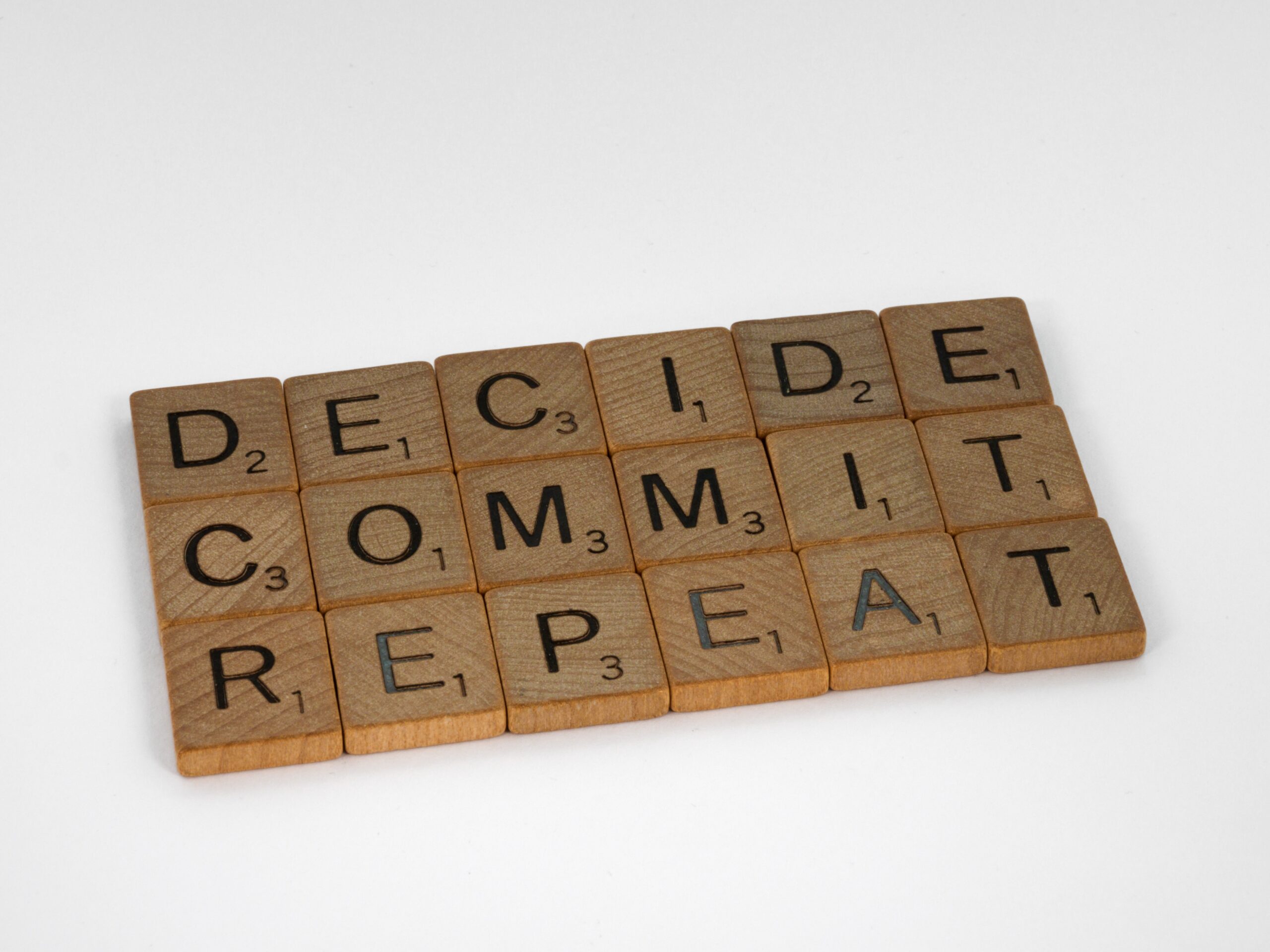We’ve made progress, and the work continues

From a very early age, growing up in a mixed-race family that included adopted and foster siblings in a nearly all-white community, I was exposed to issues of equity, discrimination and inequality. As I learned more about disasters, it was clear to me that this was an area where centuries of historic, systemic discrimination played a role in determining who recovered from disasters the best. I brought these experiences with me to CDP.
In early 2019, CDP’s Marketing and Communications team and I wanted to draw more attention to the inequities that exist in disasters, especially in disaster recovery. Over the past 4.5 years, we’ve held special webinars on equity, explored how to embed equity principles in other educational content, and published numerous Equity in Disasters blog posts.
During this week’s International Day for Disaster Risk Reduction (on Oct. 13), which this year highlights the reciprocal relationship between disasters and inequality, I am excited to announce that we are ending our formal Equity in Disasters series, recognizing the progress we at CDP have made to center equity in all that we do, in our educational materials and beyond.
Centering equity
One core tenet of CDP’s work is drawing attention to this inequitable relationship, educating funders and clients about needs that develop in the aftermath of disasters because of inequality and making grants to support the most marginalized populations. It’s a principle that is personal to me.
In fact, my bio reads, “Tanya is a self-described ‘disaster junkie’ who is passionate about ensuring the most marginalized and oppressed in our communities are able to recover and build resilience. Her work is grounded in principles of equity and an understanding of how the intersections of race, gender, sexual orientation, age, disability, class and other identities affect the lives of individuals and their families/communities.”
Slow start
Beginning in 2019, we started brainstorming on how we could draw more donor attention to the inequities that exist in disasters, especially disaster recovery, as part of our Disaster, Equity and Inclusion (DEI) work. We decided to create a series of content that would provide essential information to connect equity and disaster philanthropy.
We thought a series of blog posts and webinars would be best to explain the relationship between disasters, systemic racism, marginalization, intersectionality, and issues areas such as mental health, single-parent families and gender. We wanted to bring our community members on a journey with us as we began centering DEI (and what later became racial and Intersectional Equity) in our work.
We started outlining our ideas and making a schedule of activities. And then, the COVID-19 pandemic hit, and our programming agenda changed, but not our focus on equity. Our second pandemic webinar, in March 2020, looked at past epidemics and vulnerability. As we planned our COVID-19 responses, multiple webinars and blog posts addressed marginalized populations, and equity was a key component of our grantmaking.
Progress
When our Equity in Disasters blog series started in April 2021 with a piece titled: Why equity should matter in disaster philanthropy, we felt we needed to point out each time we talked about equity with an Editor’s Note. There have been some great blog posts in this series from CDP staff. But now, we have realized that we no longer need to call these out as unique moments because they are frequent.
Almost all our educational content now discusses the connections between equity, disasters and philanthropy. The link between disasters and inequality is well entrenched at CDP and many places beyond. It’s a regular topic in our webinar series, it’s present in the Strengthening Local Humanitarian Leadership Philanthropic Collaborative and the Network of Disaster Funders meetings that CDP hosts, and we talk about it internally as a staff on an ongoing basis. Our fund management staff works very hard to find grantee partners who are doing essential work on the ground with marginalized and vulnerable communities.
Future
Our staff and organization are now seen as experts in equity-centered disaster philanthropy. So, we’ve decided to sunset the series as a unique and distinct offering. Clearly, the work itself continues. Equity permeates our culture: it’s in our blog posts, our webinars, disaster profiles, fund pages, Issue Insights, grantmaking, speaking engagements, etc. Equity is critical to CDP’s mission and work. It’s no longer a separate and distinct “program”; now, we feel it is ever-present. We also recognize that we still have much to learn as we grow internally and a lot to share as we continually revise our materials to give you the best advice and resources possible.
We invite you to continue the journey with us. As you reflect on this year’s International Day for Disaster Risk Reduction, we hope you consider the connections between disasters and inequality and consider how funding equitably before and after disasters can help create systemic change that strengthens communities. If you have questions, we’re here to help. And when we have questions, we’ll reach out, too.
